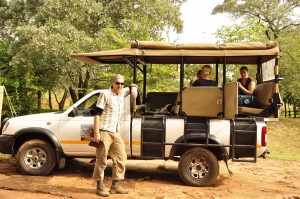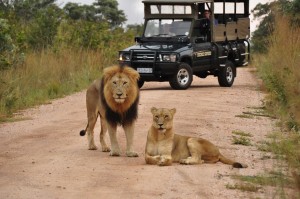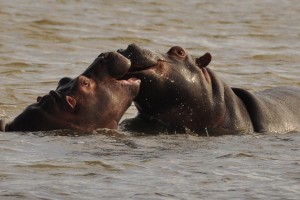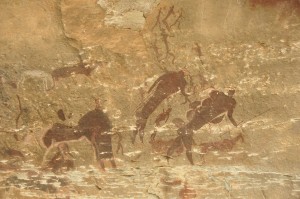It was time…. For an hour I had been sitting back watching the pandemonium in front of me ebb and flow, waiting for a quiet window or some semblance of order to emerge in the 40 degree heat. It hadn’t happened and with another thousand Syrians pressed up against the border gates behind me, chomping at the bit to get inside time was running out, I needed to get amongst it. With a deep breath, I pressed into the seething mass holding my and Megumi’s passports above my head. Somehow I needed to get past the hundreds of other frantic Syrians to the passport window and get a Visa stamp from the Turkish customs official. There was no line here, just a surging, unrelenting, shouting mass of men pressed desperately up against the window in the heat, women sheltering under the shade away to the side. The other 2 booths were even more manic, progress just didn’t seem obvious at all, but there was no other way around it.
Having crossed some 15 or so land borders so far in our travels, we were starting to become old hands at the game or so we thought. Myanmar had been the toughest visa wise, Nepal / India just plain confusing and Tanzania / Kenya at night probably the most treacherous, but our Syria crossings was more akin to being transported onto the set of a strangely stereotypical Middle Eastern BBC report. It was something else again entirely!
The crossing into Syria had been a mission in itself. A mission of faith, like walking into the unknown if you will. Lonely Planet says everyone needs a Visa before they go and they likely won’t hand it out on arrival. Blogs and other travellers all said otherwise and that they were able to get it just rocking up, but the experience ranged from 8 hour waits (especially for Americans) to outright rejection (again especially for Americans); for others a slight delay perhaps, but hugs from the customs official! Justifiably a little hesitant and unable to wait the 2 months somewhere for the visa approvals in advance, we decided to forego the normal public transport options and throwdown some cash to take a taxi from Amman in Jordan to the Syrian border. If we did get delayed, rejected or any other such major hassle, we would be able to avoid the risk of getting lynched by other bus passengers forced to wait around for our visa resolutions. So take a taxi we did, possibly our most luxurious mode of trans-border transport thus far for the 3 or 4 hour journey to Damascus, we had also heard that the taxi driver usually lent a hand to try and smooth their own ride. We were open to any help we could get.
The Jordan border was interesting, there were no lines, just some 50 or so people amassed against the customs window yelling and thrusting passports in front of them to the officer, a slight portend of things to come as I would later realise. The requisite behaviour on our part ran a little in the face of our cultivated Japanese restraint, the driver not so encumbered, grabbed our passports and thrust himself into the mass trying to use our international status as leverage. 20 minutes later he emerged successful and we were through to the Syrian side. The Syrian border office by contrast was very orderly with a dedicated window for foreigners. The driver pointed us in the direction and we set about filling in our forms and submitting the documents. As we also needed to submit our vehicle number, I stepped back outside to find our taxi number plate and curiously found our driver sitting in the rear of the taxi, tightening screws into the backboard of the driver seat. He acted nonchalant enough, I said nothing and returned inside to argue our case.
With no competition, the customs guy had to deal with us. I explained we were travelling for 9 months and thus had no access to our Syrian embassy back home for the required visa. He pulled some faces, said Australia I can understand, but that he could not accept Japan. We started to argue, the driver re-appeared yelled some stuff as well and after a 10 minute wait while certain backgrounds and details were checked, our passports were returned and we were directed to pay the Visa fee’s (A$100 for me) and be on our way. Returning to the cab, we suddenly noticed we had 2 bags of duty free cigarettes strategically placed at our feet. The driver didn’t even bother to fill us in and obviously was angling to make a buck on our duty free count – I could guess what the back of the seats contained as well. As he jumped into the driver seat, a screw popped out and visually confirmed this for us. And as we pulled up to the customs agent, the backboard fell back to reveal another 5 or so boxes buried underneath. I decided not to notify the driver and let it play, the customs agent didn’t even throw us foreigners a glance so it didn’t matter – we were through. Not such a big deal after all.
Here we are though just over a week later and heading out the other side of Syria on the Turkish border. This time there was supposed to be no visa stress (Australians / Japanese automatically get a visa in Turkey), so we caught an early bus from Aleppo (5am) to Antikaya (Antioch) on the Turkey side. The bus was packed full of a friendly bunch of Syrians taking advantage of their day off (Friday is the start of the weekend in the muslim world) to visit Turkey, it was only an hour to the border and an easy drive. As the only foreigners, our fellow travellers all seemed particularly attentive to our needs on the bus, a nice brand new Turkish number. We were given water, shown how to use the seats and air conditioning (I actually thought they took us for idiots for a while!) and one particular sharply dressed lad with jeans a little too tight was going out of his way in his offers to help us with the Visa / passport queues. Now Syrian people are some of the nicest you will meet so I took this all in our stride. At the Syrian passport control, we were guided to the relevant forms, departure tax area and our passports aggregated and jointly submitted for us nice and efficiently. Then we were naturally asked if we would mind carrying some duty free cigarettes for the helpful fellow. Used to the ritual I said sure, suddenly realising the reason for the friendliness. He had gotten in just in time as well. As we rejoined the bus, we had to wait some 30 minutes while all the other passengers and staff loaded up on Duty Free cigarettes. Bags were being redeposited on the bus, bursting at the seems, duty free bags loaded with smokes were being carried on board and suddenly everyone was clamouring to wrap the cigarette cartoons into smaller bags, (some in black to match the bus interior) and stash them all about the bus. We must have been asked 5 or 6 times to take someone else’s.
When we eventually proceeded through to the Turkish side of the border we found the road blocked and a huge crowd of people in front of the immigration checks, 3 lone toll booth looking things in the middle of the highway. After a 30 minute wait at the gates we were allowed in and told to get our passports checked by Turkish customs so that we could get our Visa. The crowd sprinted away as the gate opened reminding me instantly of those desperate shoppers on the opening morning of the post Christmas sales we always saw on the TV news growing up. The visa had sounded simple enough really and I guess most days it probably is. This being Friday though, everyone in Syria was on their way to Turkey for the day (likely just for the cigarette run) and anxious not to waste a second. The tiny windows of the 3 immigration / police boxes were the centre of a sweaty manic scrummage. Crowds of hundreds of men pushed against the window waving passports and as progress slowed to an infinite crawl, well positioned men started to take other peoples passports on contract, holding bundles of up to 20 or more in the air. Watching on the outskirts mystified by the chaos on display, we also saw women seductively walked up to the back of the customs police doors and dip their veils to reveal enough hair and skin to entice the official to bypass the process, derailing all progress & incensing the crowd even further. It was a lot to take in.
After 20 minutes of pushing I gave up my futile attempt at getting close to the window – sweating and exhausted I started looking for a short cut. One of the guys from our bus had spent a few hours now squashed desperately against the window and myself along with other members of the bus seeing him as our best option, rallied together to hand him our passports to represent. Inevitably all around us, fights had started breaking out as frustrated overlooked Syrians, jilted passport holders and impatient others all degenerated into heated confrontations. After another hour and a half of yelling, fighting, cursory military interventions and finally strikes by the Turkish immigration officers who started refusing to serve anyone until things quietened down, I got my piece of paper. This precipitated a 200 metre run to the visa payment window and then back again (with the receipt) to hand to our bus guy, still trying to hold a place at the customs window against the tide until everyone on the bus got their passports sorted. In the distance I could see the next thousand Syrians storming through the just opened border flood gates. Way too close!
Wild and exhausted we got back on the bus, but the adventure was far from over. As we approached the customs gate, everyone on the bus started to become nervous and a noticeable tension filled the air. As the bus stopped, a customs officer aggressively boarded, herded us all off and started unloading our bags onto the pavement, scouring every centimetre of the bus with a cigarette detecting comb. A steady stream of black plastic wrapped cigarette cartons were hurled out onto the pavement, then systematically an inspection began on every piece of luggage. We watched, hypnotized by the smuggling farce unravelling before us. From luggage bags, jeans were being removed with cigarettes cleverly inserted into every pocket and cartons down each trouser leg, jackets with packets loaded into every pocket were emptied onto the pavement. Suitcases were cut open and gift wrapped presents torn apart, to reveal other innovative hiding places laden with concealed cartons and individual packets. Bemused, I lost count of how many cartons were seized and hurled away for confiscation, literally hundreds.
Our bags had been strategically place either side of another suspicious looking bag and other personal carry bags seemed to be finding their way into close proximity to where we were standing (Megumi was asked to actually lean on one). Obviously foreigners (non Syrians) had the best chance of getting through this all unscathed, I would hate to know what had actually been put into our backpacks. I had to figure that any spare space was also probably crammed to the gills while we weren’t looking as well and I was preparing myself to ‘deny all knowledge’ when the seemingly inevitable confrontation came. Sure enough though, we didn’t even get checked and the 2 or 3 bags we were ‘protecting’ didn’t get searched either. Completely mesmerized by the spectacle as we were though, one of the bags we were ‘carrying’ for the ‘tight jeaned’ guy somehow got confiscated before we could defend it.
Search & reprimands done (no punishments or fines here, just confiscation), we were herded back into the bus (where I found 2 more black bags strategically placed on my seat) and then we were waved through customs as they moved onto the next bus. No sooner had we had crossed into Turkey, when everyone stood up and started taking stock of their remaining inventories. Black bags were brought down from all sorts of still undiscovered hidey holes; there were sad expressions from Mr Tight jeans and numerous others on board whose cunning plans and strategies had all been foiled; plus some elated grins from the guy who had thought to put his bags next to ours. All told we had spent more than 4 hours in immigration & customs limbo. I have no idea how much these guys were all looking to make from this – probably double their money, a couple of hundred bucks or so maybe which might make it a lucrative profession given the bus staff do this run at least once a day. It was a bizarre and equally otherworldly spectacle with some fantastic learning experiences – never cross the border on the Muslim weekend and next time definitely take a taxi instead! Oh wait……!
![Showdown on the Syrian Border It was time…. For an hour I had been sitting back watching the pandemonium in front of me ebb and flow, waiting for a quiet […]](http://meltingplots.com/wp-content/uploads/2010/08/Barb1.jpg)
![In the footsteps of the Pharaohs Egypt at least initially, whether you like it or not, is all about the pharaohs and ancient Egypt. It is one of those things you […]](http://meltingplots.com/wp-content/uploads/2010/08/eye.jpg)
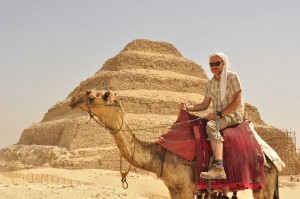
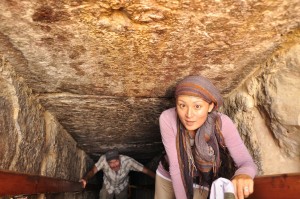
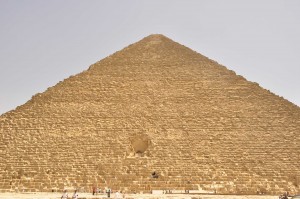
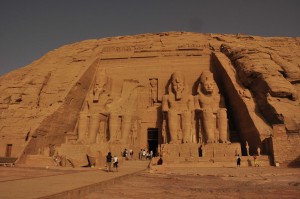
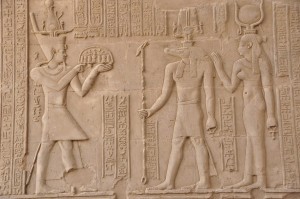
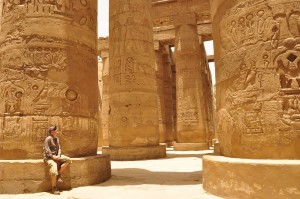
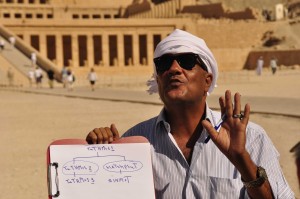
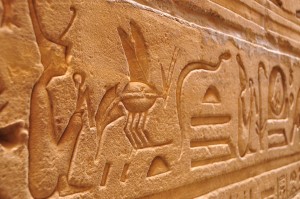
![Zanzibar Reflections The spice islands of the Zanzibar archipelago, our last stop in East Africa, promised a great chance to relax and with its heat and Muslim […]](http://meltingplots.com/wp-content/uploads/2010/05/ZanzibarTop.jpg)
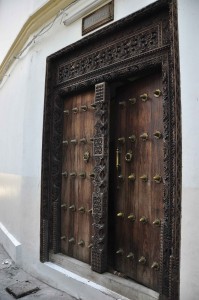

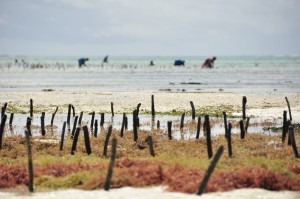
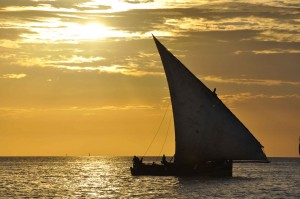
![On Safari in Tanzania Ego bruised and body still numb from our Kilimanjaro adventures, stage two of our Tanzanian explorations involved a 5 day camping Safari taking in 4 […]](http://meltingplots.com/wp-content/uploads/2010/05/zebra2.jpg)
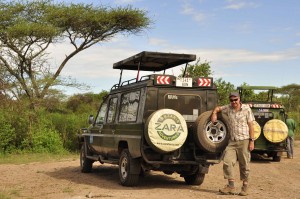
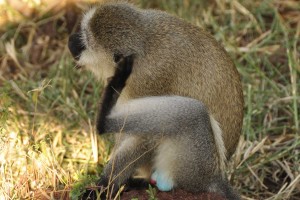
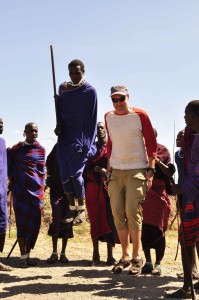
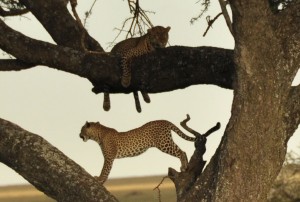
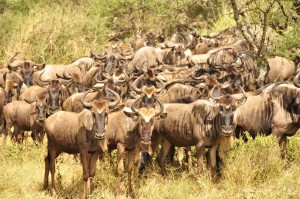
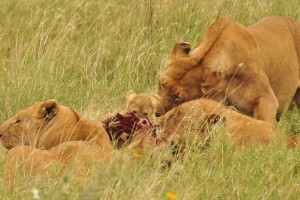
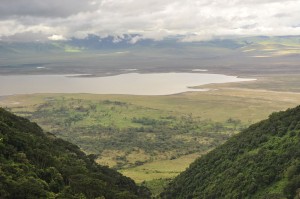
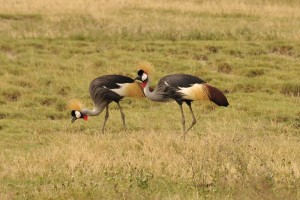
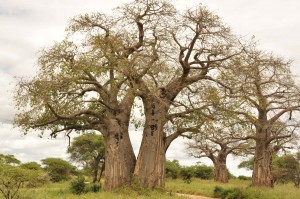
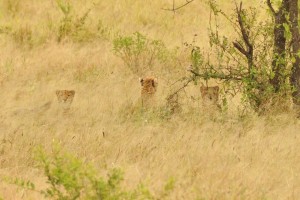
![Of Climbing Kilimanjaro I will confess upfront, that I got roped in a bit on this one. Megumi perhaps inspired by Nepal was dead keen to do it […]](http://meltingplots.com/wp-content/uploads/2010/05/Kili_top.jpg)
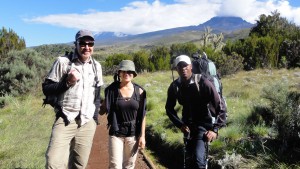
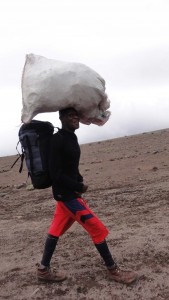
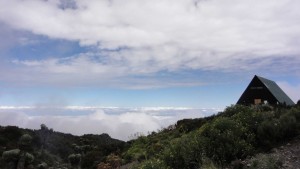
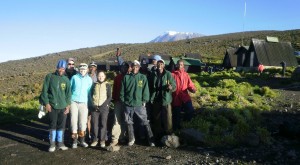

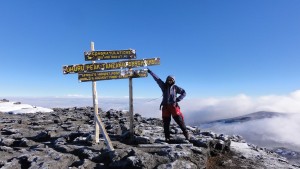
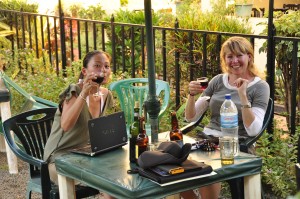
![‘Hotel Heine’, Kenya After the travails of overlanding, we arrived in Nairobi, some 2 days behind schedule and on a bus that was 7 hours late – a […]](http://meltingplots.com/wp-content/uploads/2010/05/Flamingo1.jpg)
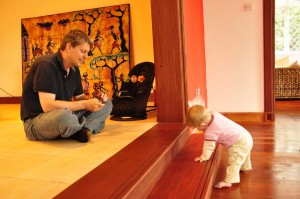
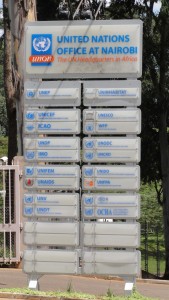
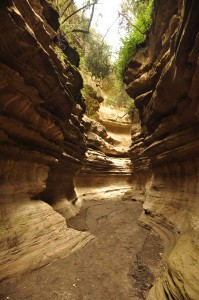
![Overlanding Africa When travelling, it seems no matter where you are, you still operate in a kind of bubble. You move in an almost semi-detached observer capacity […]](http://meltingplots.com/wp-content/uploads/2010/05/BusTop.jpg)
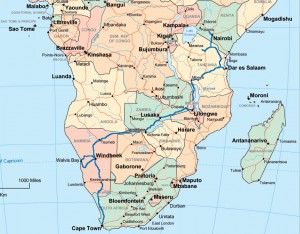
![A Desert Road Trip in Namibia Namibia is about the size of Pakistan, with a population of only 2 million. The place is pretty much empty of people, but home to […]](http://meltingplots.com/wp-content/uploads/2010/04/DeadVlei.jpg)
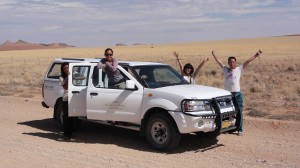
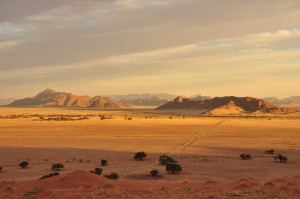
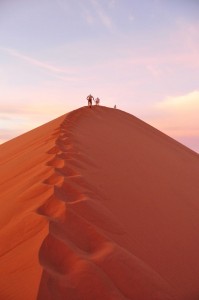
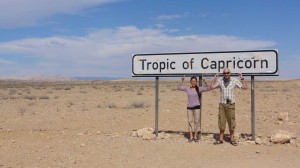
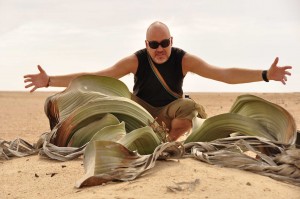
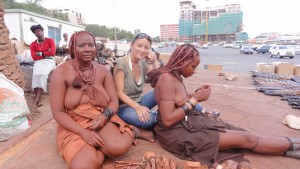
![Getting under the skin of South Africa South Africa, the rainbow nation, is a land of dichotomies and contrasts. While the natural beauty and diversity of the country is stunning and the […]](http://meltingplots.com/wp-content/uploads/2010/04/black-white-hands.jpg)
![South African Travelogue After India, arriving in South Africa was almost like coming home too oz. Overtly friendly people, western comfort foods aplenty (meat pies & ginger beer […]](http://meltingplots.com/wp-content/uploads/2010/04/southern_africa_map.jpg)
